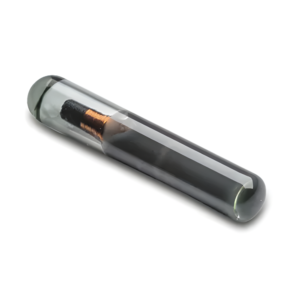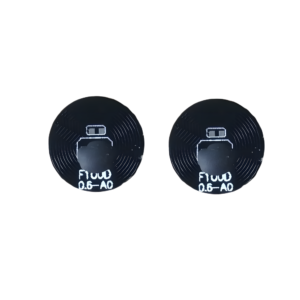
How much and small are RFID tags
How many a RFID tag?
Given the diversity of RFID products on the market today, in general, providing accurate figures on the cost of different components of an RFID system is an almost impossible task. Therefore, we will provide estimates to try to satisfy your curiosity and provide representation of the cost range for the current RFID market.
To date, most companies that sell RFID tags have not indicated prices because prices are based on volume, memory, the packaging of the label itself, and whether the label is a special application or many other variables.
In the promotion of RFID tags, the biggest problem is the cost, the price of each RFID tag is 0.3 to 0.6 US dollars. For those high-end products, an increase of $0.5 can be accepted by manufacturers and consumers, because for them, RFID tags are an excellent identification and tracking device, and the convenience and benefits it brings are more cost-effective. However, for medium and low-end daily consumer goods, RFID tags are not easy to accept, after all, no one can accept an ordinary toothpaste that has risen by $0.5 because of the use of RFID tags. Therefore, the cost of RFID tags is a problem that has to be considered. In order to promote RFID on a large scale, it is necessary to reduce the production cost, due to the limitations of the process, the cost of tag chips still needs to be further reduced.
The basic RFID inlay consists of three parts: a (silicon) chip, a built-in antenna and a substrate. The price of electronic tags is mainly based on different frequency bands, different antennas, different power supplies, different processes, and different packages. The cost per unit ranges from 0.08 to 0.15. If the label is also embedded with a thermal transfer label, where you can print a barcode, the price rises to about 0.20. Keep in mind that low-frequency and high-frequency labels tend to be a little more expensive than UHF labels.
- The cost of RFID label includes NRE (Non-Recurring Engineering) costs and production costs, NRE is mainly determined by chip size, complexity and other factors, the main cost of production includes substrate costs, substrate testing costs and packaging costs and other aspects. NRE is a one-time engineering fee, including product development costs, sample tapeout fees, test fees, etc.
If you want to set up an RFID Inlay with a logo belonging to your own company, cost of usd1600.
What Is the Smallest Passive RFID Tag?
RFID tags have the characteristics of persistence, strong penetration of information reception and dissemination, large storage capacity and variety of information.
These tiny RFID tags could be worked into any product, that is one of the small tags on the market, measuring just 5*5mm square and 0.7mm thick. Smaller tags have a shorter read range, since they cannot capture as much energy from a reader antenna.
For applications beyond standard asset management, the Micro UHF EPC Gen2 Tag can be used in a variety of different ways including: identifying and tracking returnable containers, tools at the work site, pharmaceutical products or even items on a retail shelf.
The challenge of small size and material means that the reading range is shorter than that of standard UHF RFID tags, with a range of about 1m, but this depends on the environment and the type of reader used.
Ironically, the digital UHF EPC Gen2 Micro RFID Tag can be one of the smallest RFID tags in the market but still be a “giant” in terms of meeting the needs and demands of your project.





